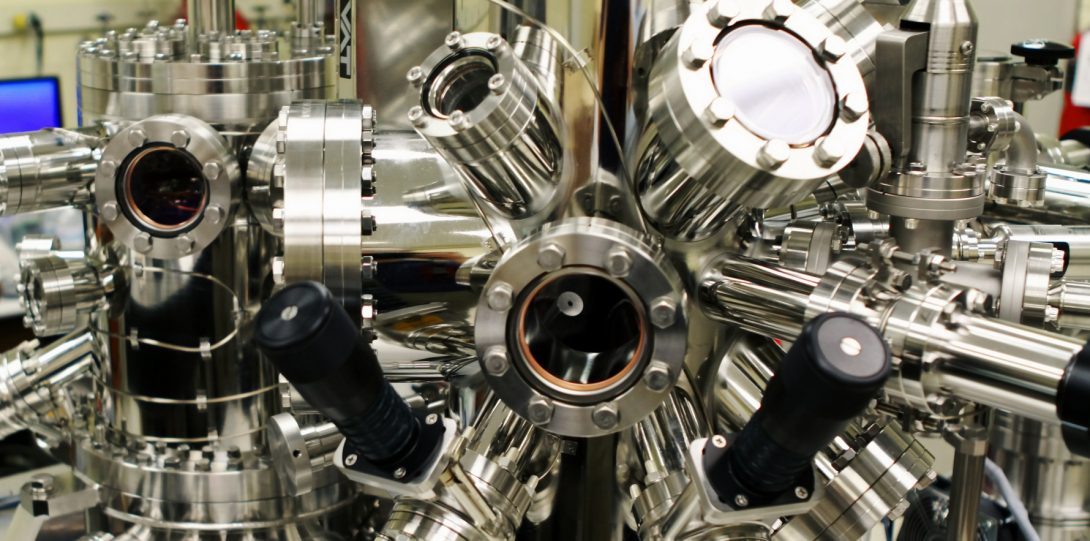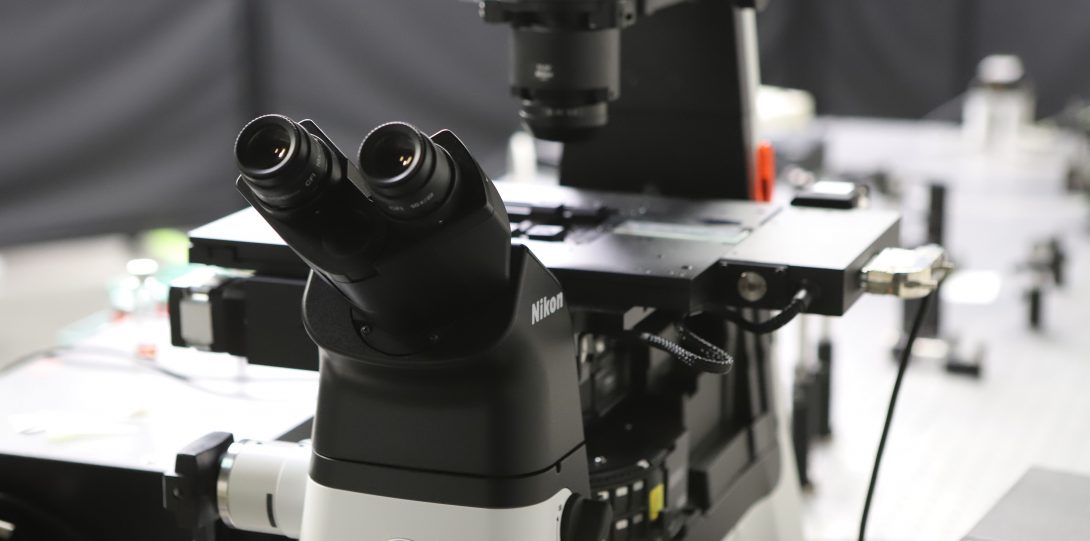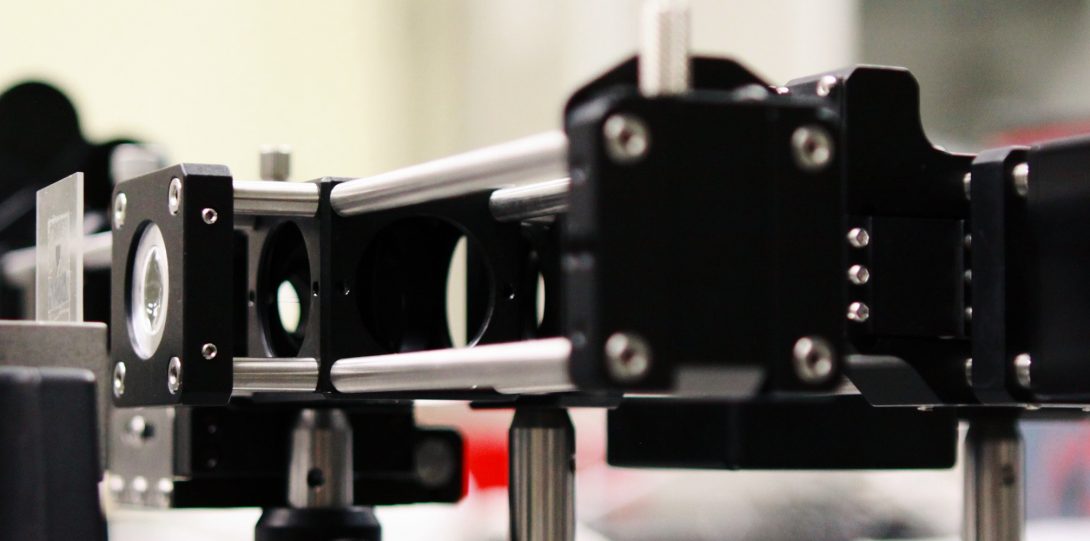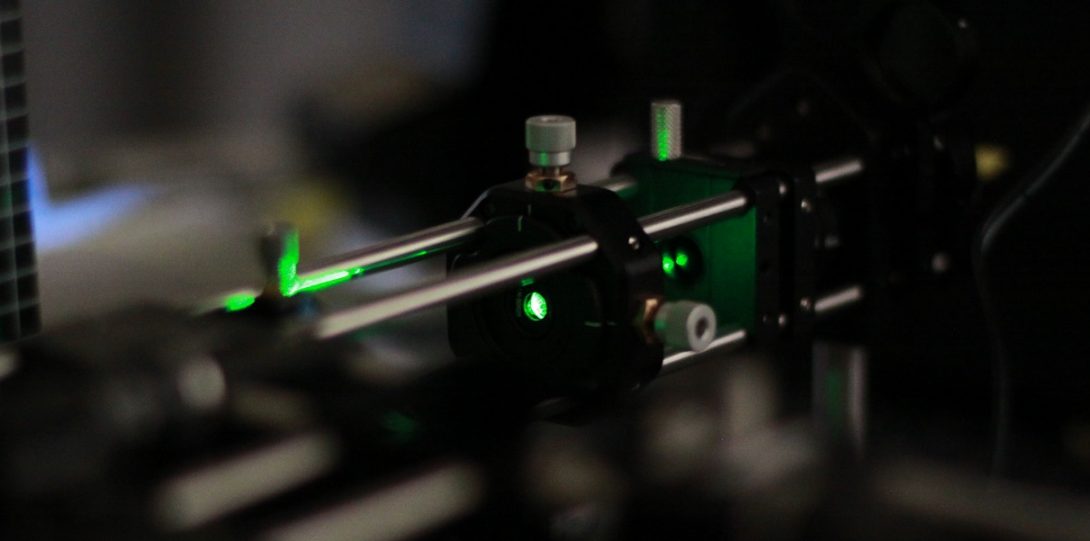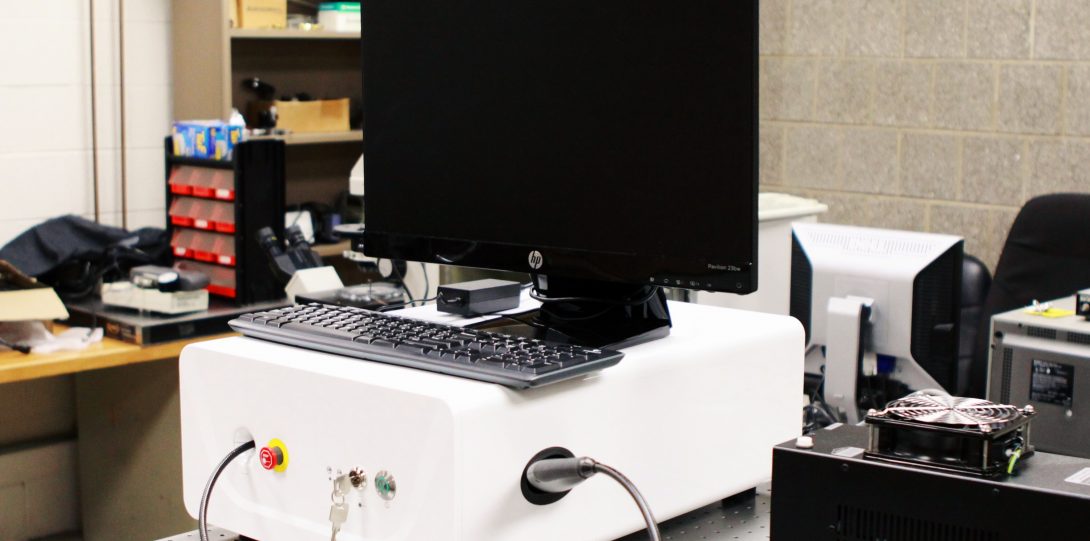Chemical Analysis with Nanoscale to Angstrom Scale Resolution
— presented by Jeremy F. Schultz
For the list of references, please visit our Youtube channel.
Projects
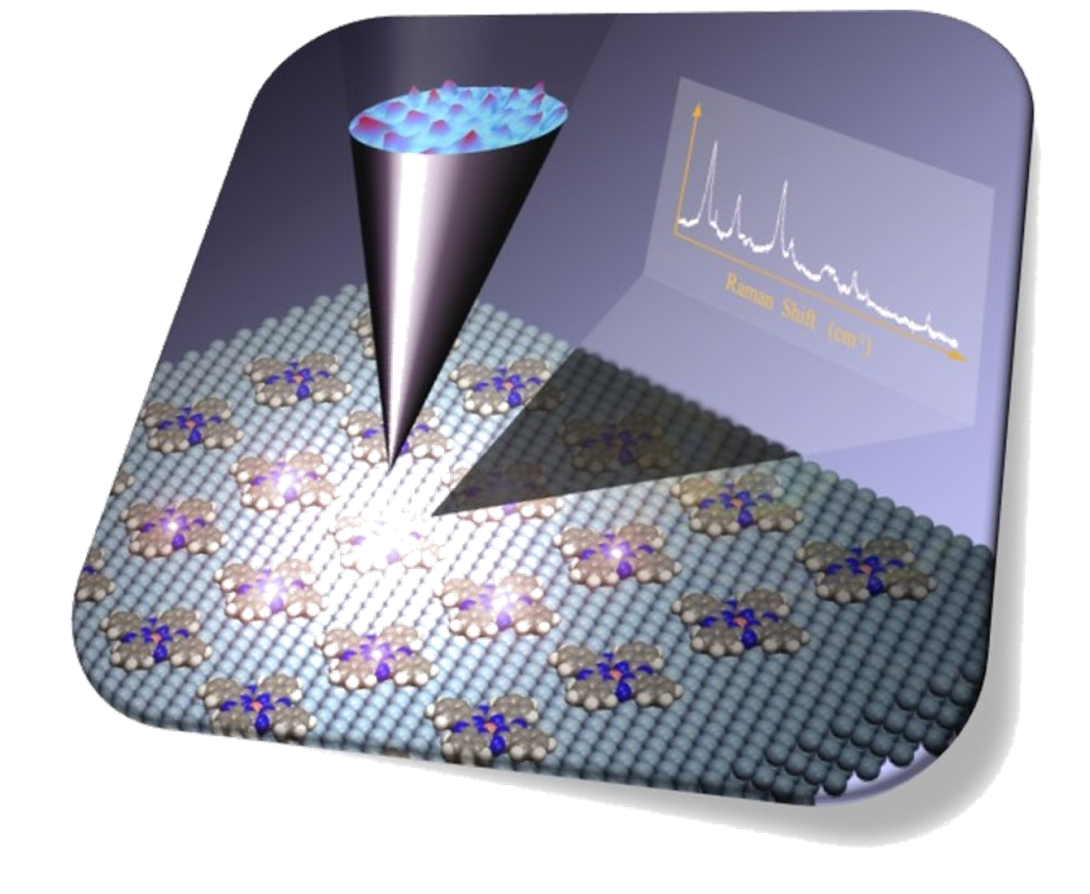
Characterizing the chemical behavior of individual molecules and the underlying reaction mechanisms via nanoimaging and nanospectroscopy
Probing chemistry of surface-supported nanostructure at the angstrom-scale
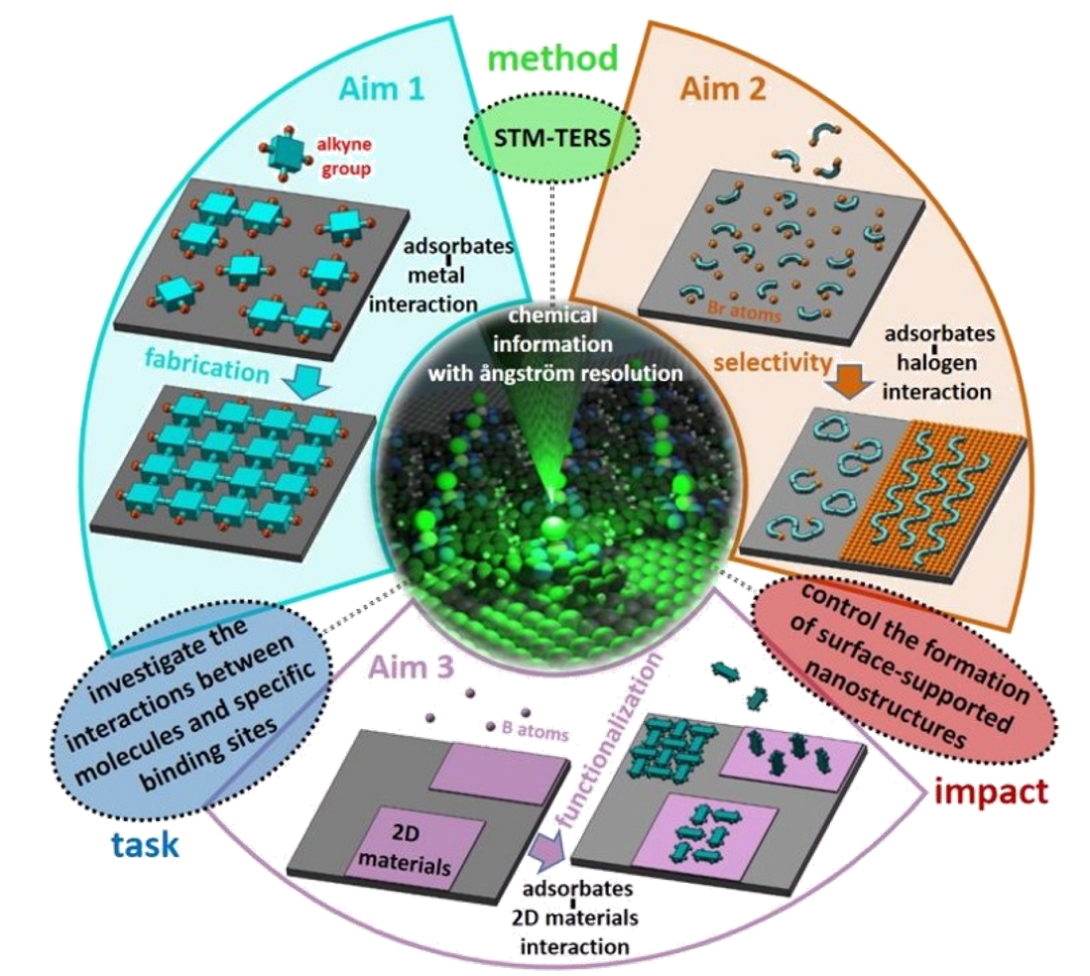
Probing chemistry of surface-supported nanostructure at the angstrom-scale
Investigating Local Structural and Chemical Properties of Atomically Thin Two-Dimensional Materials
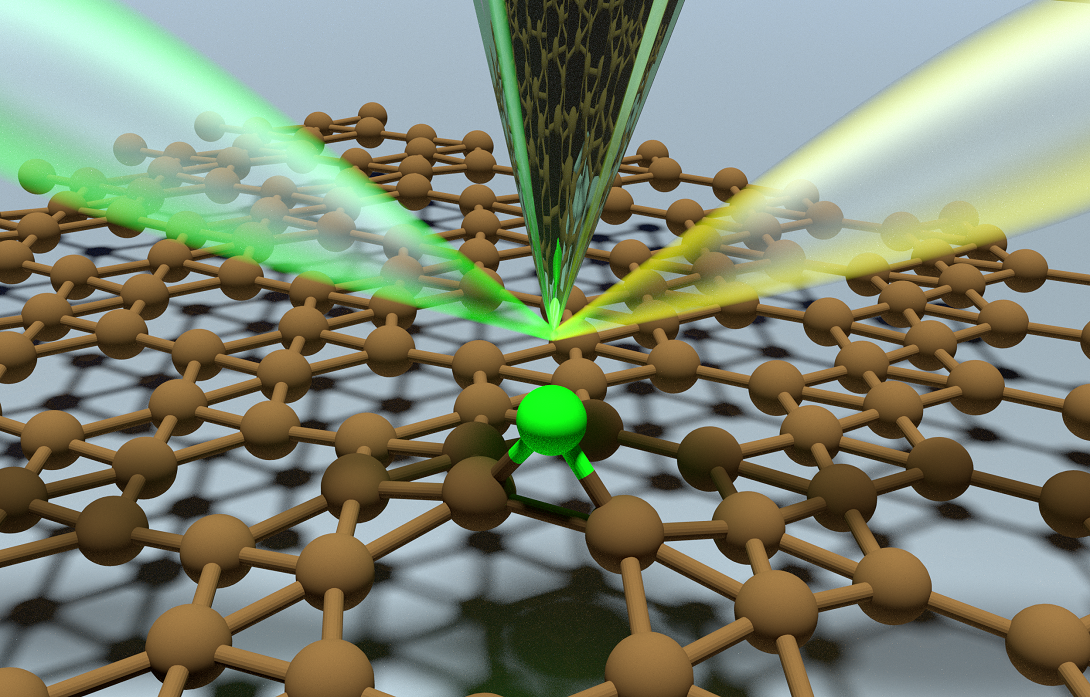
Investigating Local Structural and Chemical Properties of Atomically Thin Two-Dimensional Materials
In order to develop new two-dimensional (2D) materials and tune the atomic structure and electronic structure towards unique and functional properties, it becomes critical to understand and subsequently harness highly localized environments and phenomena. We are dedicated to the development of a novel optical Scanning Tunneling Microscopy (STM) approach to image and characterize the local vibrational and electron-phonon coupling properties of nano- and atomic-scale heterogeneity. Such advanced understanding is essential for fine-tuning the properties of 2D structures for electronics, photonics, sensing, and energy harvesting applications.
Determining the mechanism of chemical bond formation under various local environments
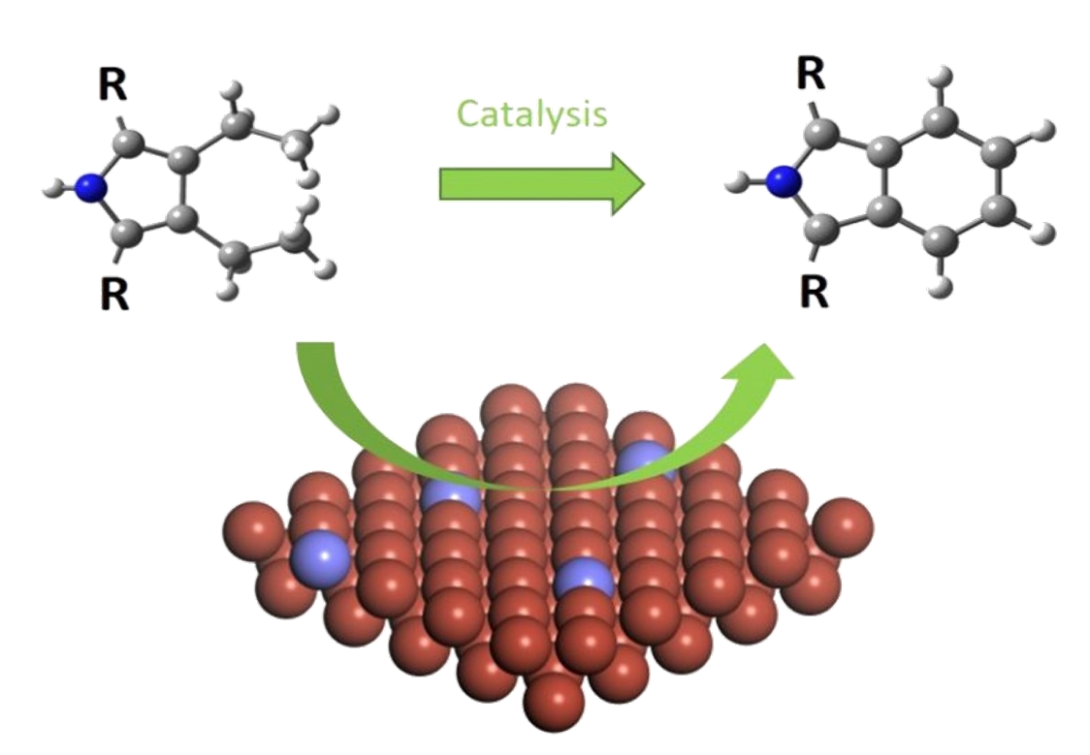
Determining the mechanism of chemical bond formation under various local environments
Probing Photochemical Process via Nano-Confined Plasmons
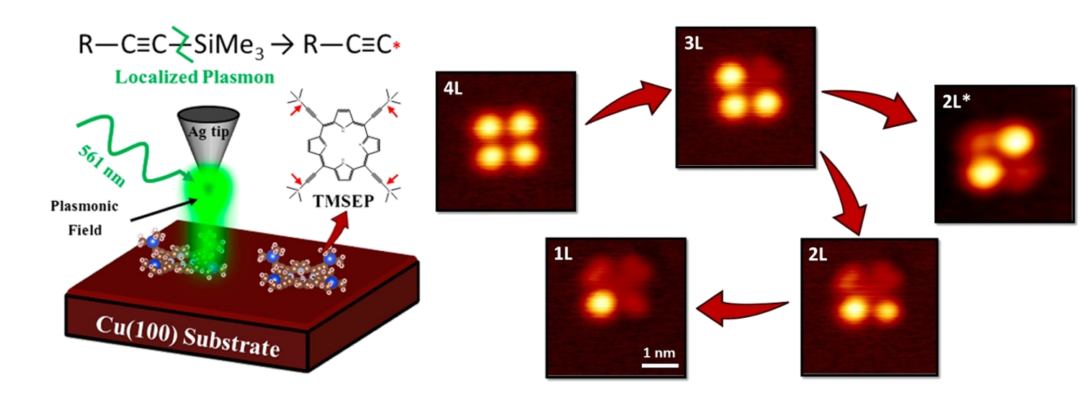
Probing Photochemical Process via Nano-Confined Plasmons
Through illuminating the nanogap between the plasmonically active STM tip and the metallic surface by visible light, the plasmons can be excited, and a confined, intense electromagnetic (EM) field can be generated at the tip apex. In an effort to overcome these obstacles, we have developed a noble approach (i.e., atomistic approach) that associates approaching the plasmonically active STM Ag tip extremely close to the molecule (few-Å). This approach enables us to squeeze the surface plasmon in the sub-nanometer scale and investigate the selective activation of a specific bond, in presence of multiple chemically indistinguishable chemical bonds inside a single molecule. We aim to elucidate the detailed underlying mechanisms of plasmon-induced surface chemical reactions at the single chemical bond level (< 1 nm).
sample
Funded by:
UIC

University of Illinois Chicago Startup
NSF
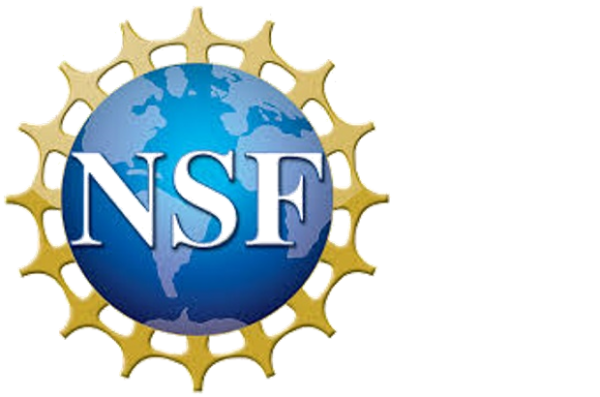
National Science Foundation (NSF)
______CHE and DMR______
ACS PRF
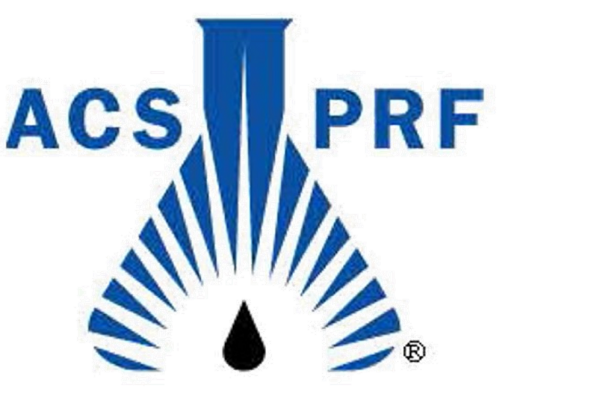
ACS Petroleum Research Fund (ACS-PRF)
